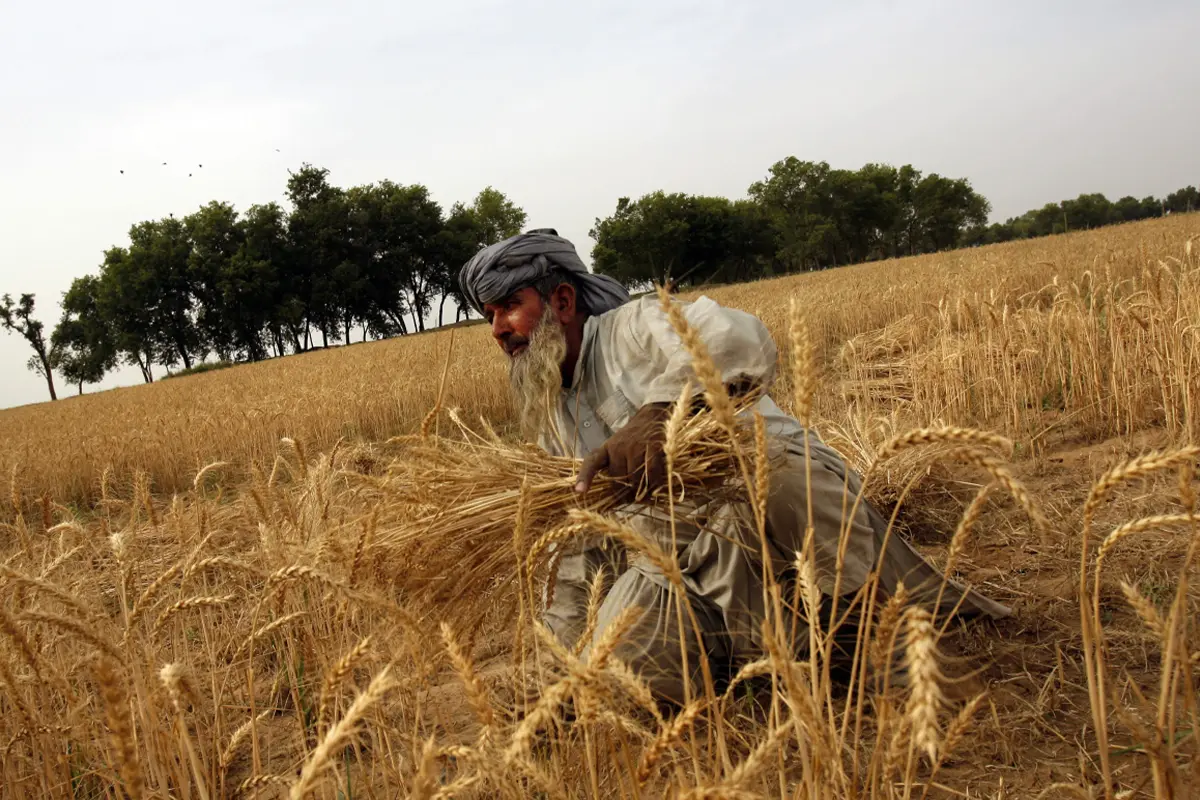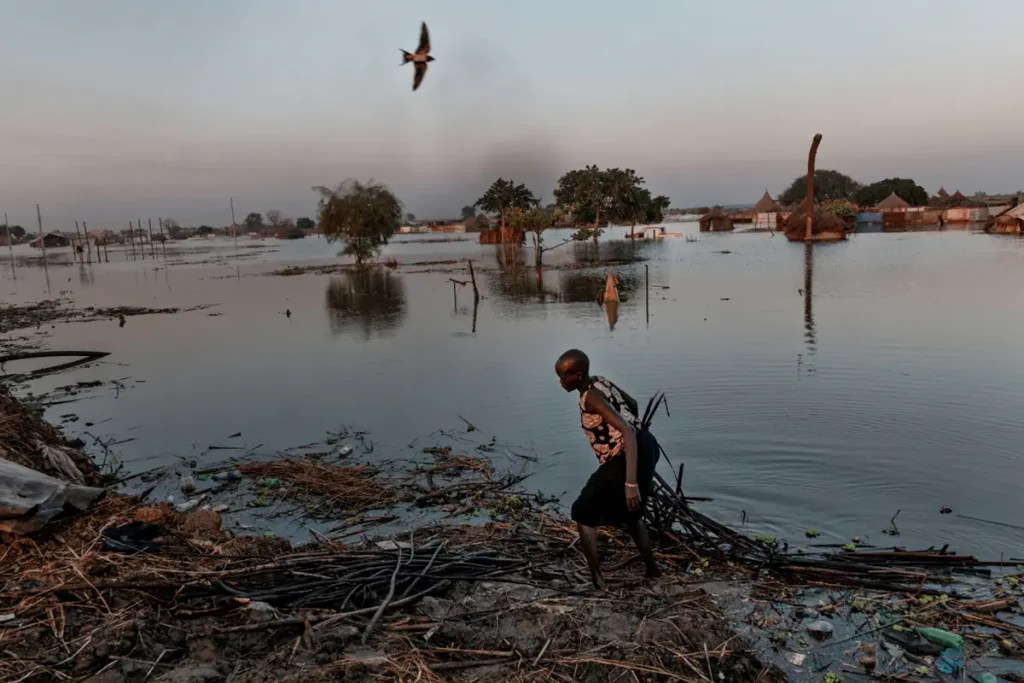Earth Overshoot Day 2023 falls on August 2: how is it calculated and what it reveals? pandemic closures caused CO2 emissions to fall, but after that they started to rise again
Earth Overshoot Day: when natural resources employed by humans exceed
The Earth Overshoot Day (EOD) this year falls on the second of August. In twenty-three years, Earth Overshoot Day, whose concept was first introduced by British economist Andrew Simms, has shifted from the end of September until the second of August in 2023. This means that human demand for nature has equaled the Earth’s yearly regeneration between the beginning of the year and Earth Overshoot Day.
The amount of resources employed to power sectors in the profit-driven, linear economies of the Global North is staggering. Buildings, technological devices, clothing, food, and vehicles are elements of people’s lives that require resources and can reach consumers at the end of complex supply chains. The day when the resources employed by humans exceed the pace at which the Earth can regenerate them and absorb the carbon dioxide emissions, has been calculated in recent years by the research organization Global Footprint Network.
The risk of compromising food production – Earth Overshoot Day
After Earth Overshoot Day, humanity will continue to sustain the ecological deficit for the remainder of the year by depleting resource reserves and building up carbon dioxide in the atmosphere.
«Persistent overshoot leads to ever more prominent symptoms, including unusual heat waves, forest fires, droughts, and floods, with the risk of compromising food production. This underscores the interest of cities, countries, and business entities to foster their own resource security if they want to prosper. The world would benefit as well»
said Global Footprint Network CEO Steven Tebbe in a statement.
How is Earth Overshoot Day calculated? The methodology
The number of days in a given year when Earth’s Biocapacity is sufficient to meet humanity’s ecological footprint is determined by the Global Footprint Network. Global overshoot corresponds to the rest of the year. Calculating Earth Overshoot Day involves dividing the Planet’s Biocapacity, the quantity of ecological resources the Planet can produce over that year, by humanity’s demand for that year, and multiplying the result by 365, the number of days in a year.
The methodology is based on the most recent National Footprint and Biocapacity Accounts (NFBAs), which York University’s Ecological Footprint Initiative keeps for the Footprint Data Foundation (FoDaFo), which the Global Footprint Network and the Canadian university founded.
The National Footprint and Biocapacity Accounts’ computations are based on data sets from or affiliated with the United Nations
There tends to be a gap of three to four years between the most recent UN data provided, and this creates a time mismatch with the present due to reporting protocols used by the United Nations (UN). In addition to these datasets, data from the International Energy Agency (IEA) and studies are utilized in the National Footprint and Biocapacity Accounts, which are based on about 15,000 data points per nation per year.
This data is utilized to estimate Earth Overshoot Day, which is an estimated day, not an exact one, as it is not feasible to establish with complete exactness the date on which human activities start to utilize more rescues than the Earth can provide in a year.
Biocapacity and the Ecological Footprint
Biocapacity and the Ecological Footprint are two indicators measured in global hectares, with a global hectare being a biologically productive hectare whose productivity is in line with the world average.
The first calculates the quantity of biologically productive land and marine areas that, given current management practices and technology, can supply the resources the population uses and be used to absorb its waste products. The latter calculates the speed at which nature-derived goods and services are employed. When the Ecological Footprint surpasses the Biocapacity, an area goes into a biocapacity deficit.
The National Footprint and Biocapacity are the indicators used to calculate how ‘many’ Earth would be needed if the global population consumed resources at the same speed as a given nation.
The National Footprint and Biocapacity Accounts calculation
For example, in Italy, in 2022, the National Biocapacity per person equaled one gha, while the Ecological Footprint per person amounted to four-point-three gha, with a biocapacity deficit of minus three-point-four gha and a footprint greater than Biocapacity by minus 350 percent.
On the other side of the spectrum, with a biocapacity greater than footprint by 361 percent, in the same year, Bolivia had a biocapacity per person amounting to thirteen-point-two gha and an ecological footprint per person of two-point eight gha, with a biocapacity reserve of ten-point-four gha.
In 2022, the world’s Biocapacity per person was one-point-five gha, with an ecological footprint amounting to two-point-six gha resulting in a biocapacity deficit of minus one-point-one gha.
The National Footprint and Biocapacity Accounts calculate the Global Ecological Footprint and Biocapacity figures each year. Ecological footprint and Biocapacity are now-casted to the present year using the updated data from additional sources to calculate Earth Overshoot Day.
Earth Overshoot Day 2023
In the early 1970s, our Planet entered a global overshoot state. The Overshoot trend has leveled during the past five years slowing down to less than one day per year on average.
While when overshoot began about fifty years ago, the moving up rate was higher, on average three days per year, the overshoot reduction is proceeding in a slow manner.
According to the Global Footprint Network, to achieve the United Nations (UN)’s Intergovernmental Panel on Climate Change (IPCC) target of a forty-three percent reduction in global carbon emissions by 2030 compared to 2010, Earth Overshoot Day would need to be shifted nineteen days every year for the following seven years.
What is the Footprint to Biocapacity ratio – Earth Overshoot Day 2023
Compared to the prior year, the total ecological footprint rose by zero-point-two percent for 2023, while the total Biocapacity ascended by zero-point-three percent during the same period. These factors resulted in a zero-point-one percent reduction in the Footprint to Biocapacity ratio.
Earth Overshoot Day was moved from the first of August to the second of August as it was delayed by eight hours due to this drop. According to the International Energy Agency (IEA), the COVID-19 pandemic-induced lockdowns of 2020 caused CO2 emissions to experience a sharp reduction, but in the second half of the year, they began to rise. According to estimates, emissions returned to 2019 levels by 2021.
The predicted increase in emissions from 2021 to 2022 was another one-point-five percent. Given the Global Carbon Project (GCP) data, the carbon footprint is forecasted to decline by zero-point-three percent from 2022 to 2023. The ecological footprint of humanity is two-point-six hectares worldwide per person, sixty percent of which is carbon. According to estimates, each individual will require one-point-five global hectares of Biocapacity by 2023.
Looking at the past Earth Overshoot Days – comparison with the 2023 Earth Overshoot Day
The Ecological Footprint measures for every year since 1961 have been updated to ensure uniformity with the most recent data and scientific findings. As a result, each year’s metrics use the same data set and accounting procedure.
That’s because, according to the organizations behind Earth Overshoot Day, an accurate comparison of Earth Overshoot Days have to be performed using the same version of the National Footprint and Biocapacity Accounts because a small percentage change can cause the date of Earth Overshoot Day to be altered by several days.
In the earliest updated year, 1971, Earth Overshoot Day fell on the twenty-fifth of December. In the following decades, the date kept moving up, reaching the first of August in 2018. In the following year, 2019, Earth Overshoot Day fell on the third of August.
Because of the initial reduction in resource use that characterized the first half of 2020 due to the lockdown measures in response to the COVID-19 pandemic, that year, Earth Overshoot Day was the sixteenth of August. In 2022, Earth Overshoot Day was on the first of August, a day earlier than this year.
Country Overshoot Day – the difference in demand in numbers
In addition to calculating Earth Overshoot Days, the National Footprint and Biocapacity Accounts data are used to estimate national overshoot days.
The day is calculated by multiplying the number of days in a year for the global Biocapacity in global hectares divided by the country’s Ecological Footprint in global hectares.
Not all countries have an Ecological Footprint bigger than the Biocapacity, so not all have a national overshoot day. Afghanistan, Nigeria, and the Philippines are among these countries. The country with the earliest overshoot day is Qatar on the tenth of February, followed by Luxemburg on the fourteenth of February.
National overshoot days and Earth Overshoot Day – the disparity in consumptions
For Global North countries like the United States of America and the United Kingdom, national overshoot day falls before Earth Overshoot Day, between February and May. While for most Global South countries, it falls in the summer or autumn or not at all.
This highlights the disparity in consumption and contribution to climate change between the Global North and the Global South, which bears the brunt of the climate crisis despite the size of its contribution to the issue.
Earth Overshoot Day – the Ecological Footprint
A resource accounting metric adding up demands for biologically productive areas based on 5,000 data points per year per nation.




















